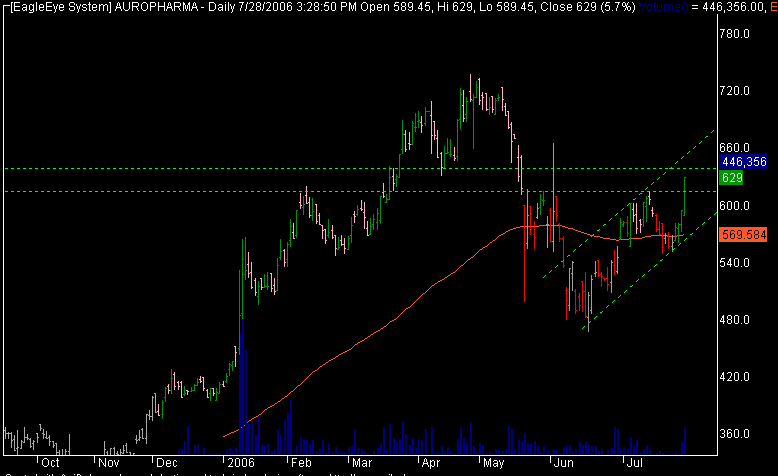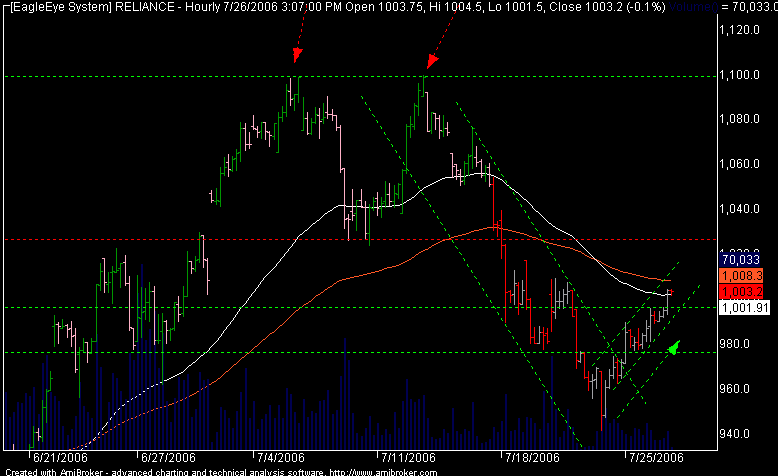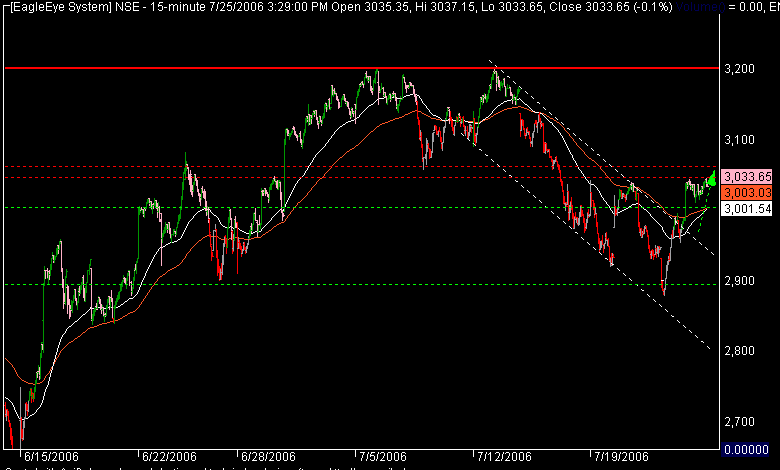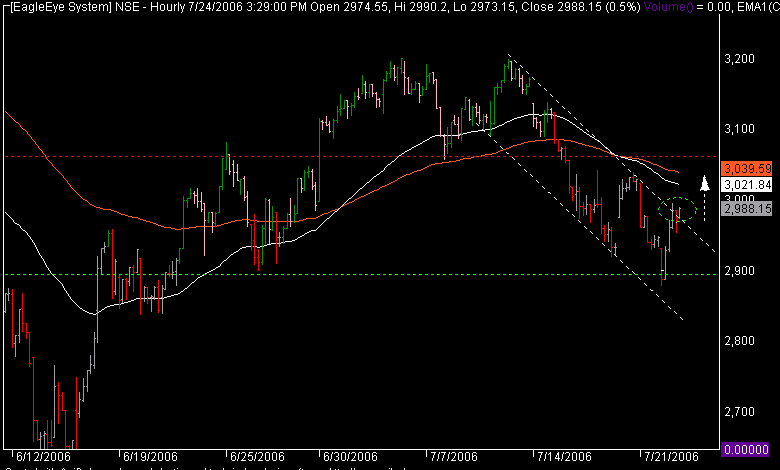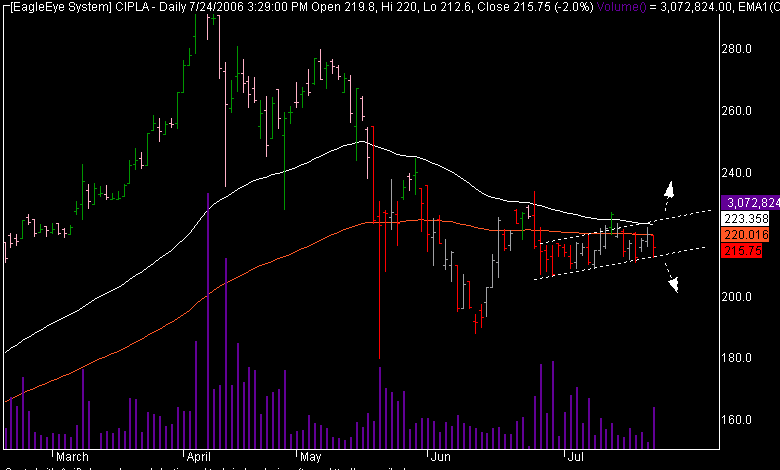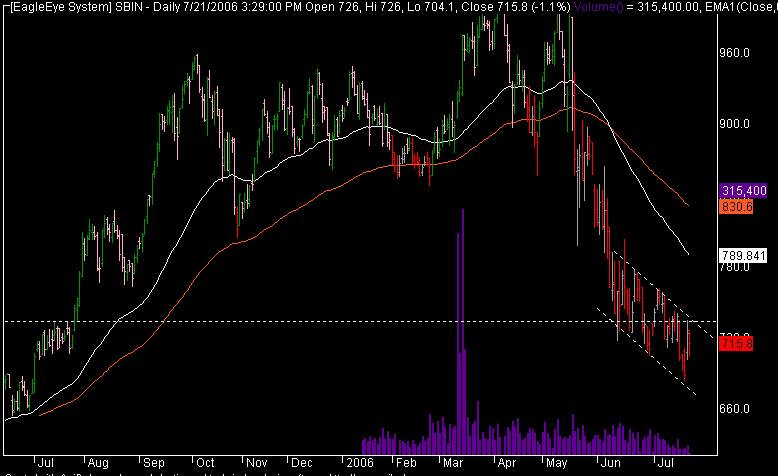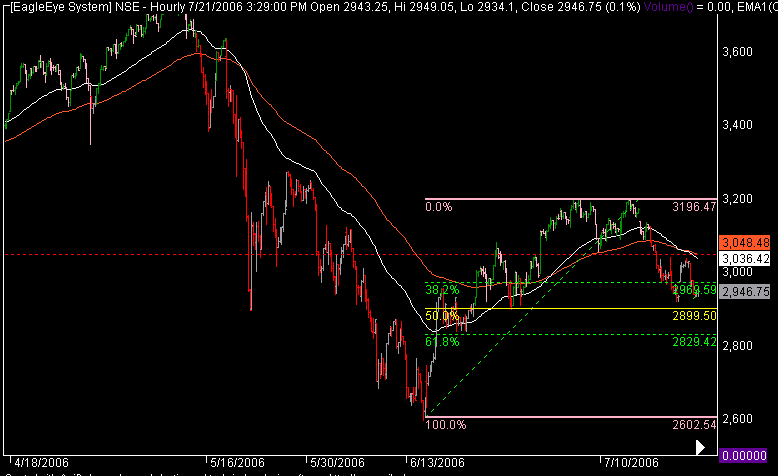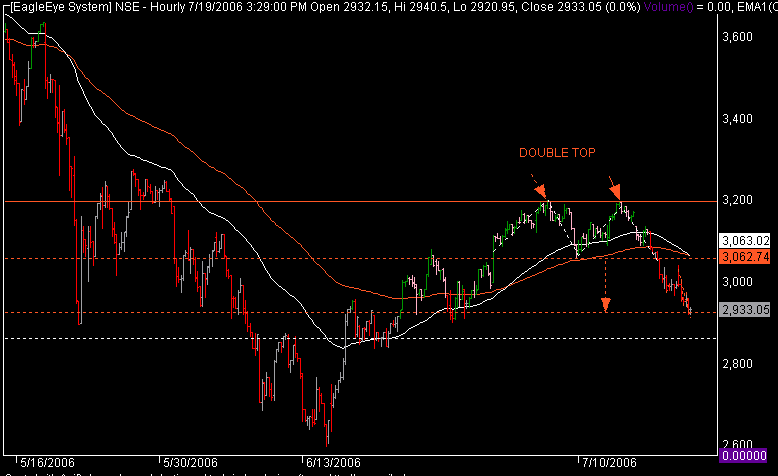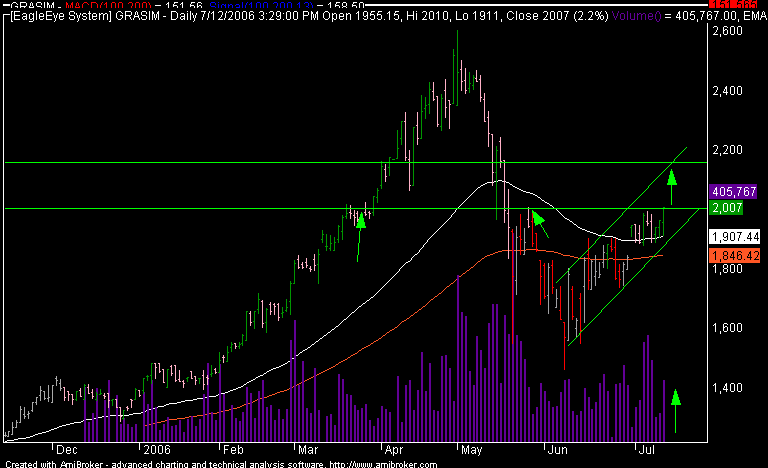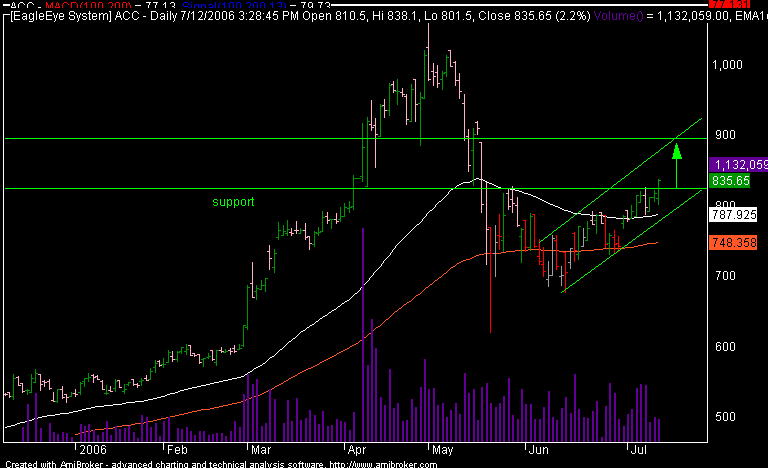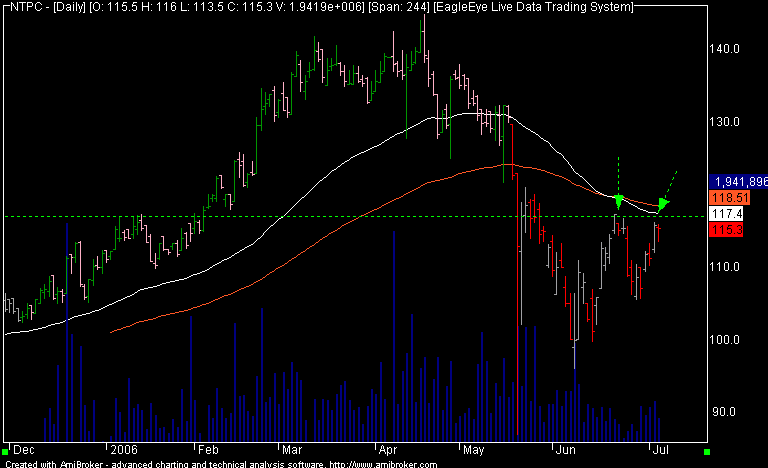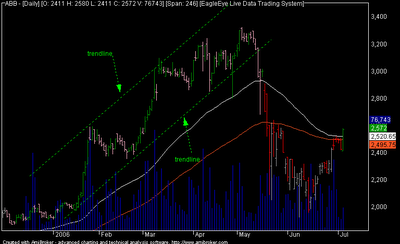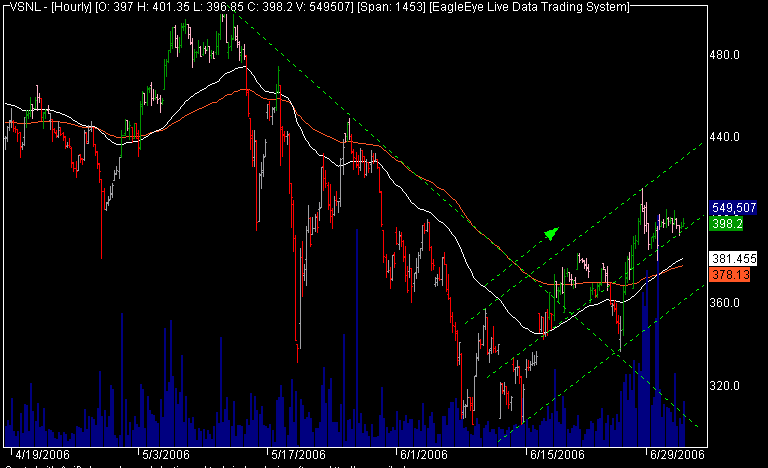The Iraq war has certainly been
a factor in the run-up in oil prices, but there are others on the list that are probably more critical. Here’s why:Oil production in Iraq is still below pre-war levels, but it's gradually improving. Just before the U.S. invasion Iraqi production was about 2.6 million barrels per day. Today it's about 1.9 million, about 25 percent lower.But there are other, more pressing, forces pushing oil prices higher. In no particular order, here are some big ones.
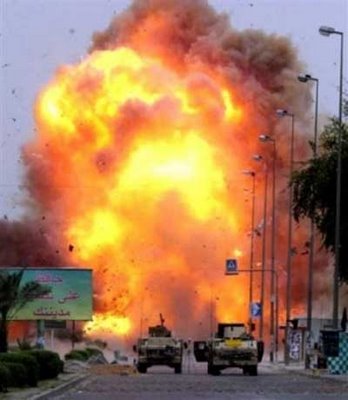 Supply cutoff.
Supply cutoff. The recent flare-up of tension following Israel’s attack on Lebanon has increased the risk that other Middle East countries could get drawn into a widening war. Iran has made it clear it is prepared to use oil as a weapon by cutting off exports — just as it did after the Iranian revolution in 1979 overthrew the U.S.-friendly Shah Pahlavi. With Iranian exports of nearly 3 million barrels per day, another suddenly cutoff would almost certainly produce another big price spike.
Growing demand. High oil prices are supposed to cut demand as consumers find ways to do more with less. That’s what happened in the 1970s, when U.S. oil consumption actually fell after a spike in prices spurred conservation and development of more efficient cars and appliances, for example. But this time around global demand, at 85 million barrels a day (roughly a thousand barrels a second), is still climbing.
No spare capacity. Even during the oil shocks of the '70s, there was enough global production capacity to keep up with demand — once OPEC decided to put it on the market. That’s no longer true. With the exception of Saudi Arabia, OPEC producers are pumping as fast as they can. And given the notorious uncertainty about the cartel’s production data, it’s not at all clear that output will grow fast enough to meet demand.
Investment slowdown. Though oil producers are awash in cash, not enough of that money is flowing to regions where there are known oil reserves. Iraq’s oil infrastructure — on a good day — is still some 30 years old and badly in need of an upgrade. Venezuela and Nigeria could also very likely expand production capacity, but political turmoil has discouraged investment in those countries.
Weak dollar. This has an indirect impact, but since oil is priced in dollars, as the value of the dollar falls, the price of oil in dollars goes up. Over the last five years, the dollar has fallen by 33 percent against the euro. If that keeps up, the upward pressure on oil prices will remain.
Weather. The odds are against a repeat of last year’s devastating hurricanes in the Gulf of Mexico, which knocked out the equivalent 30 percent of Gulf oil production from last September through June. (More than 10 percent is still shut down.) But with memories fresh of what Mother Nature can do, oil traders will remain jittery until the hurricane season is over.
Investor demand. Oil prices also are being stoked by investors in the futures market who have no intention of ever taking delivery of a barrel of crude. The rapid run-up in prices over the past two years has drawn billions of dollars worth of bets that prices will move higher. If the other forces driving prices higher persist, expect investors to continue bidding up futures contracts. The flip side is that with all this extra capital sloshing around the oil markets, a pullback in prices could be amplified as speculators bail out.





